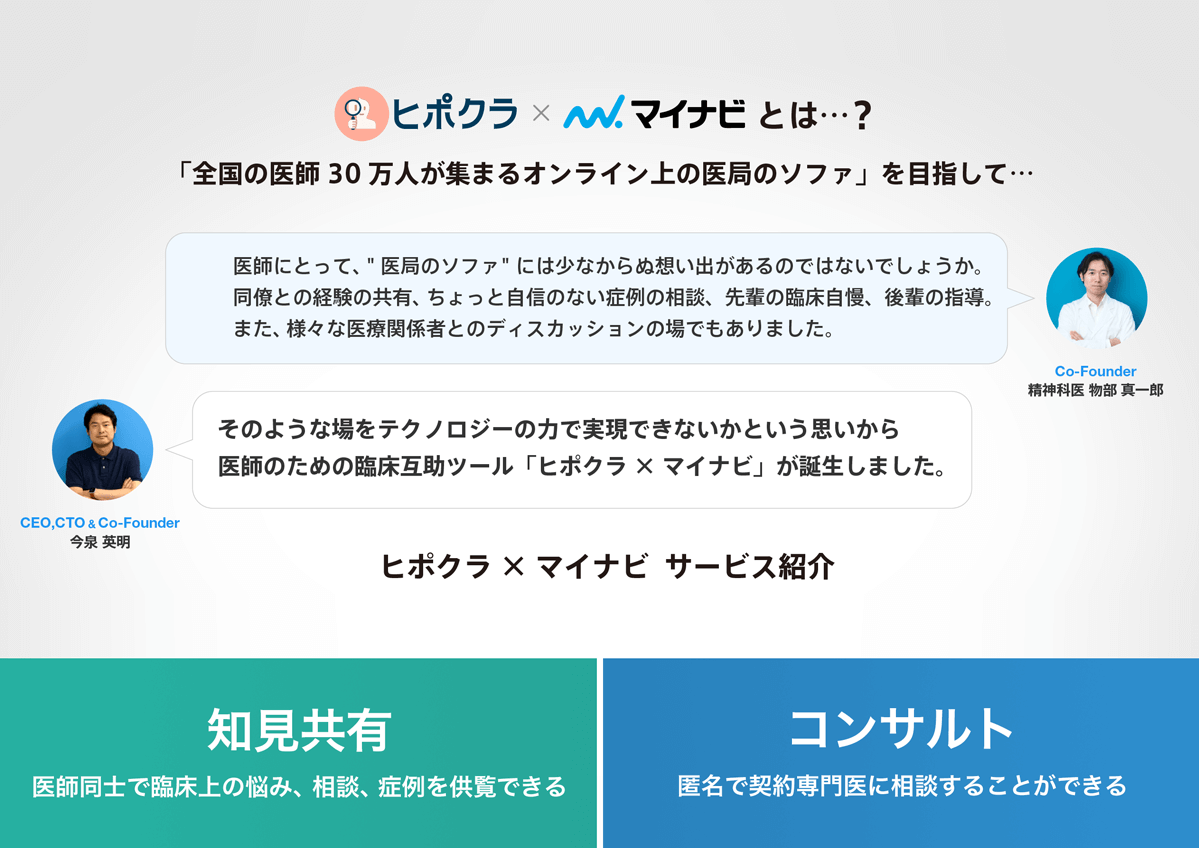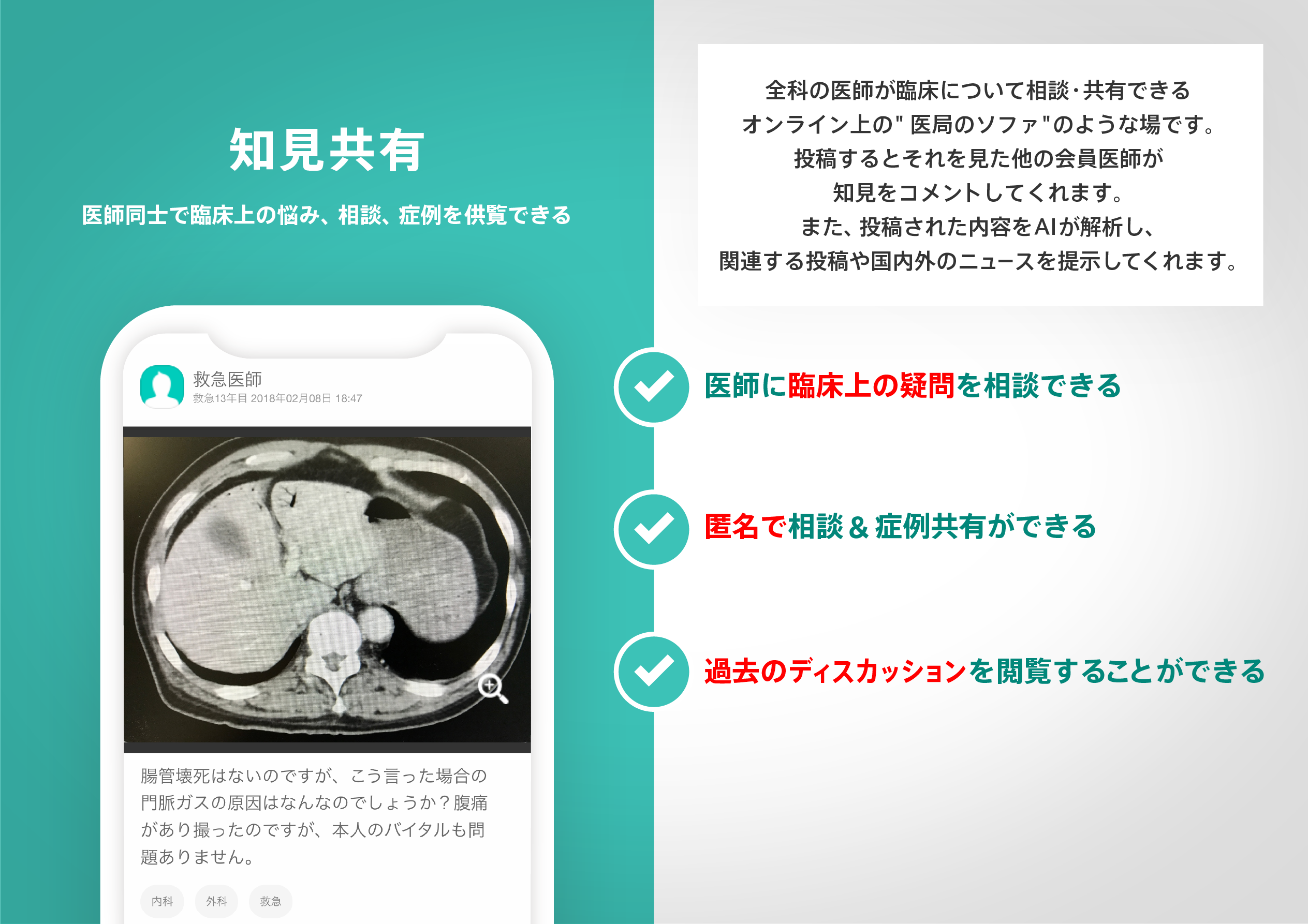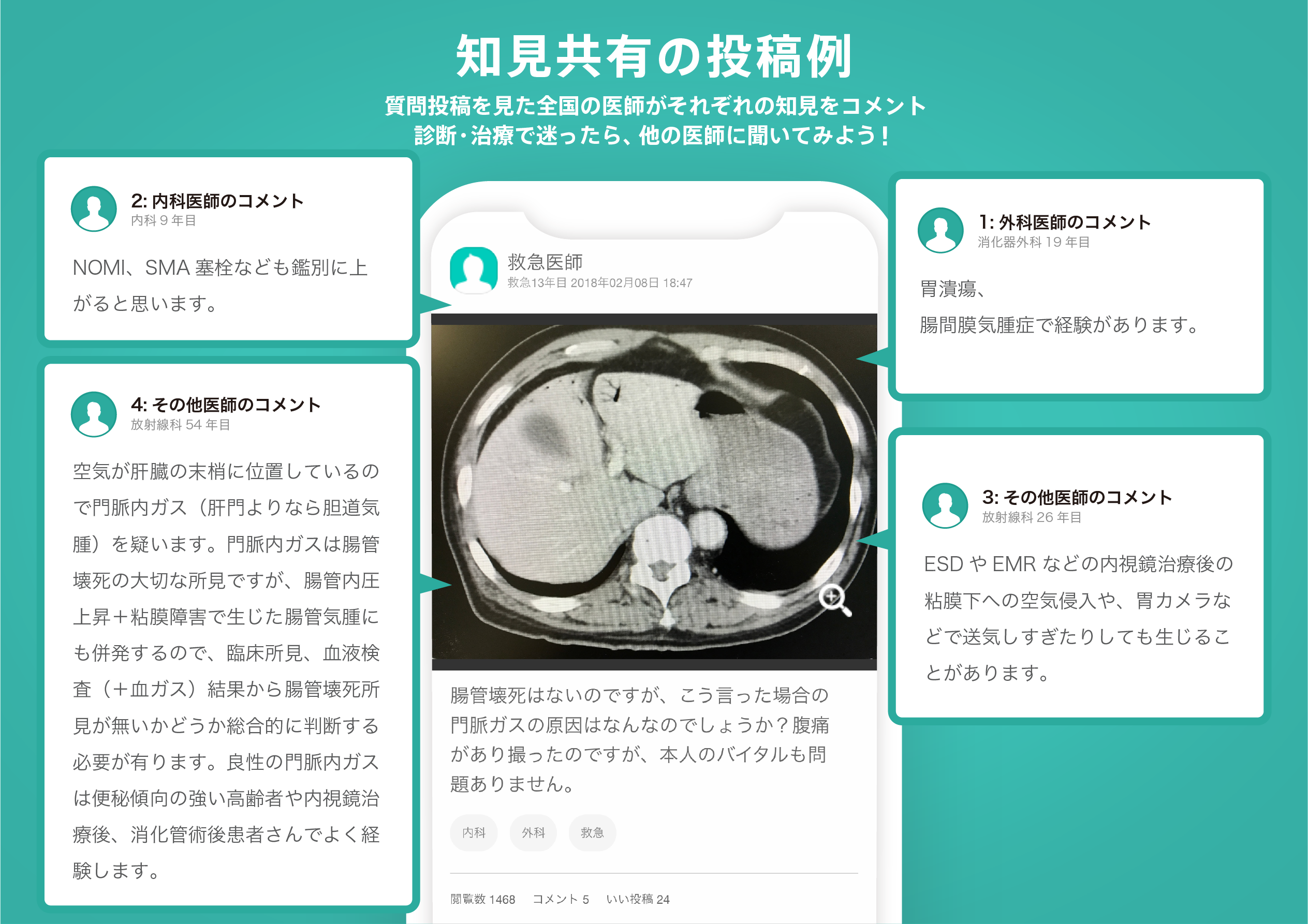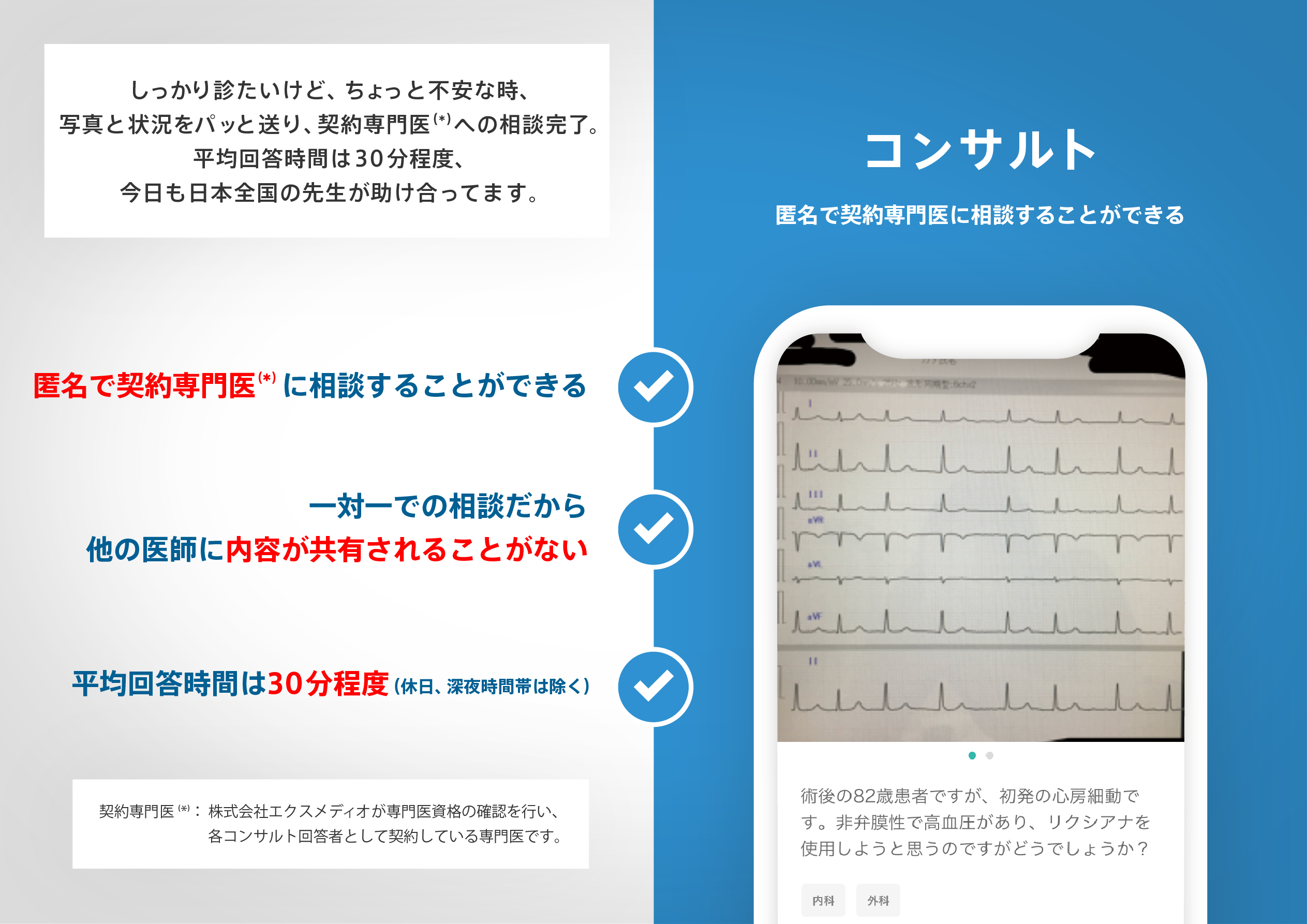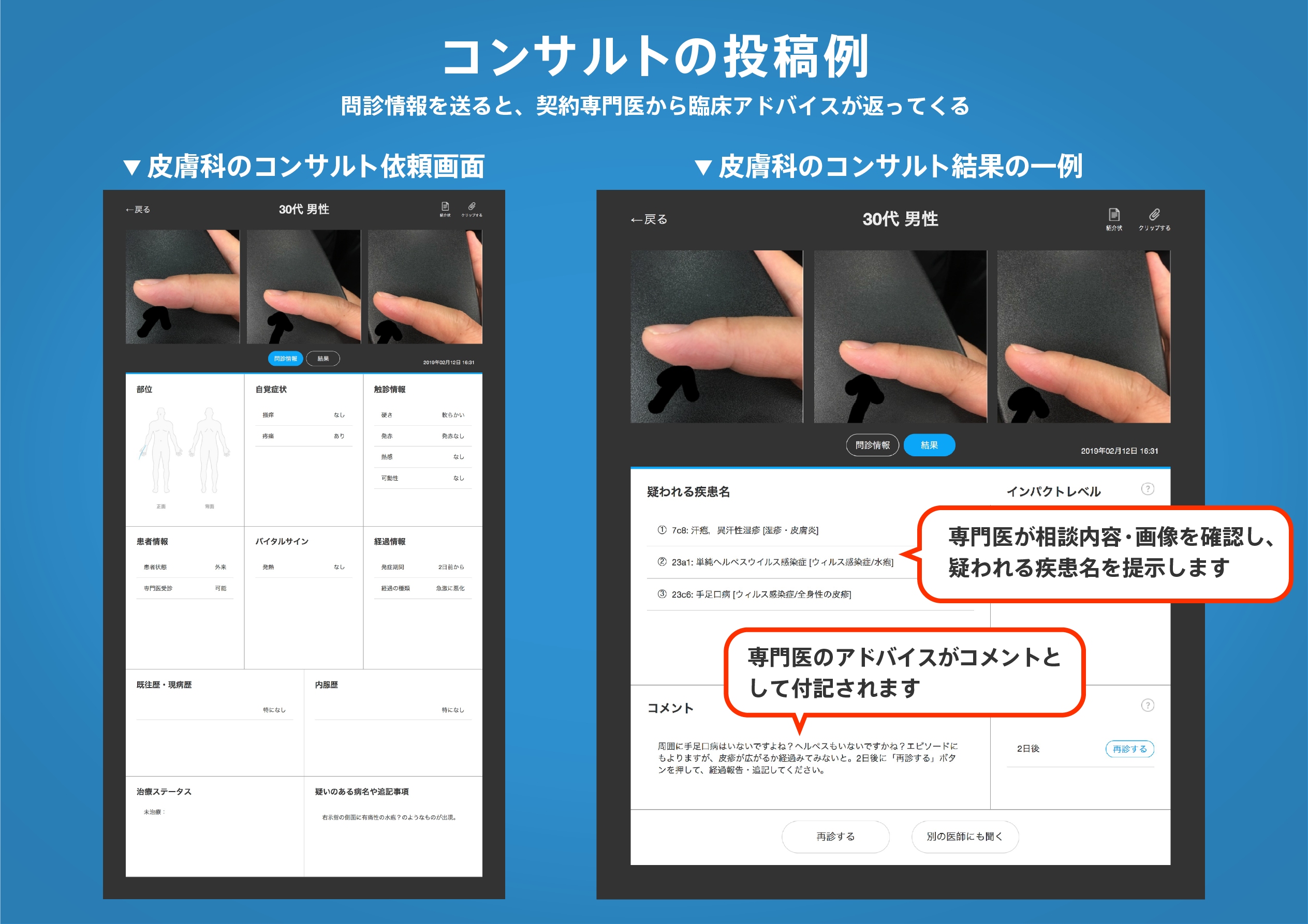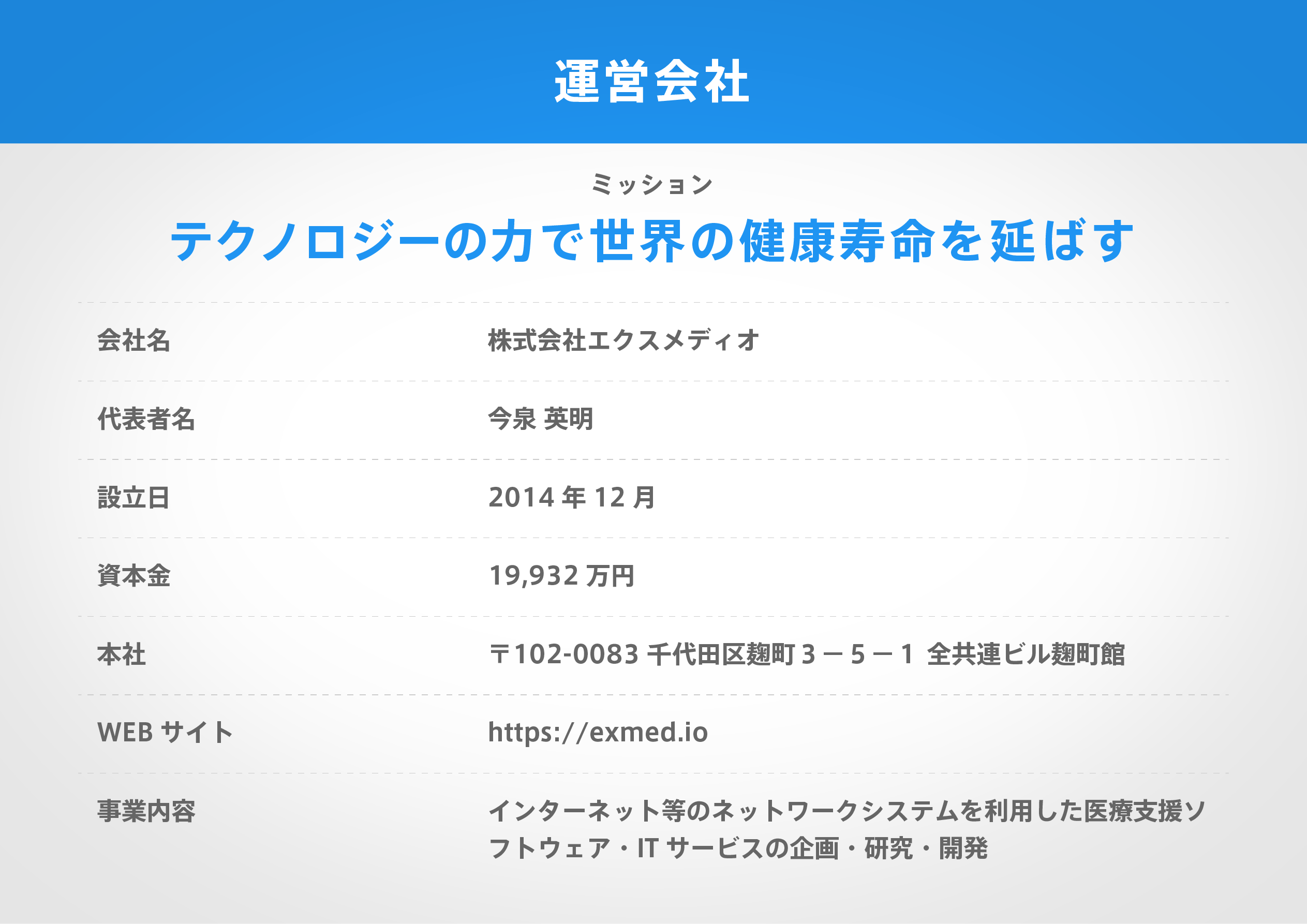著名医師による解説が無料で読めます
すると翻訳の精度が向上します
最近、ADP誘発性のヒト血小板凝集を開始するために、カルシウムの動員に結合したP2Y1受容体が必要であることを示しました。チエノピリジン化合物クロピドグレルはADP誘発性血小板凝集を特異的に阻害するため、P2Y1受容体がこの薬物の標的であるかどうかを判断することは興味深いものでした。したがって、ラットのADP誘導血小板イベントに対するクロピドグレルと2つの特定のP2Y1アンタゴニストA2P5PおよびA3P5Pの効果を研究しました。クロピドグレル処理(50 mg/kg)は、未処理の血小板と比較してADPに応答して血小板凝集を大幅に減少させましたが、一部の残留凝集は依然として検出可能でした。対照的に、A2P5PとA3P5Pは、コントロールおよびクロピドグレル処理ラットの両方から血小板のADP誘導形状の変化と凝集を完全に廃止しました。A2p5pおよびA3p5p(100 microM)は、コントロールおよびクロピドグレル処理の血小板でADP(0.1 microM)によって誘導される[Ca2+] Iの上昇を完全に阻害しましたが、クロピドグレル処理には効果がありませんでした。逆に、ADP(5 microM)によって誘導されるアデニリルシクラーゼの阻害は、クロピドグレルによって完全にブロックされましたが、A2P5PまたはA3P5P(100 microM)で修飾されませんでした。A3p5p(1 mm)は、血小板あたり907 +/- 50から611 +/- 25にコントロールラット血小板上の[33p] 2mesadp結合部位の数を減らしました。クロピドグレル処理後、[33p] 2mesadpの結合は血小板あたり505 +/- 68部位に減少し、A3p5p(1 mm)の存在下で55 +/- 12部位にさらに減少しました。要約すると、これらの結果は、ADPに応答した凝集の開始に関与する血小板P2Y1受容体がクロピドグレルの標的ではないことを示しています。血小板は、アデニリルシクラーゼの阻害に特に結合され、この薬物の標的となる可能性のある完全な血小板凝集を誘導するために必要である、特にアデニリルシクラーゼの阻害に結合された別の、まだ正体不明のP2Y受容体を発現する可能性があります。
最近、ADP誘発性のヒト血小板凝集を開始するために、カルシウムの動員に結合したP2Y1受容体が必要であることを示しました。チエノピリジン化合物クロピドグレルはADP誘発性血小板凝集を特異的に阻害するため、P2Y1受容体がこの薬物の標的であるかどうかを判断することは興味深いものでした。したがって、ラットのADP誘導血小板イベントに対するクロピドグレルと2つの特定のP2Y1アンタゴニストA2P5PおよびA3P5Pの効果を研究しました。クロピドグレル処理(50 mg/kg)は、未処理の血小板と比較してADPに応答して血小板凝集を大幅に減少させましたが、一部の残留凝集は依然として検出可能でした。対照的に、A2P5PとA3P5Pは、コントロールおよびクロピドグレル処理ラットの両方から血小板のADP誘導形状の変化と凝集を完全に廃止しました。A2p5pおよびA3p5p(100 microM)は、コントロールおよびクロピドグレル処理の血小板でADP(0.1 microM)によって誘導される[Ca2+] Iの上昇を完全に阻害しましたが、クロピドグレル処理には効果がありませんでした。逆に、ADP(5 microM)によって誘導されるアデニリルシクラーゼの阻害は、クロピドグレルによって完全にブロックされましたが、A2P5PまたはA3P5P(100 microM)で修飾されませんでした。A3p5p(1 mm)は、血小板あたり907 +/- 50から611 +/- 25にコントロールラット血小板上の[33p] 2mesadp結合部位の数を減らしました。クロピドグレル処理後、[33p] 2mesadpの結合は血小板あたり505 +/- 68部位に減少し、A3p5p(1 mm)の存在下で55 +/- 12部位にさらに減少しました。要約すると、これらの結果は、ADPに応答した凝集の開始に関与する血小板P2Y1受容体がクロピドグレルの標的ではないことを示しています。血小板は、アデニリルシクラーゼの阻害に特に結合され、この薬物の標的となる可能性のある完全な血小板凝集を誘導するために必要である、特にアデニリルシクラーゼの阻害に結合された別の、まだ正体不明のP2Y受容体を発現する可能性があります。
Recently we showed that the P2Y1 receptor coupled to calcium mobilization is necessary to initiate ADP-induced human platelet aggregation. Since the thienopyridine compound clopidogrel specifically inhibits ADP-induced platelet aggregation, it was of interest to determine whether the P2Y1 receptor was the target of this drug. Therefore we studied the effects of clopidogrel and of the two specific P2Y1 antagonists A2P5P and A3P5P on ADP-induced platelet events in rats. Although clopidogrel treatment (50 mg/kg) greatly reduced platelet aggregation in response to ADP as compared to untreated platelets, some residual aggregation was still detectable. In contrast, A2P5P and A3P5P totally abolished ADP-induced shape change and aggregation in platelets from both control and clopidogrel-treated rats. A2P5P and A3P5P (100 microM) totally inhibited the [Ca2+]i rise induced by ADP (0.1 microM) in control and clopidogrel-treated platelets, whereas clopidogrel treatment had no effect. Conversely, the inhibition of adenylyl cyclase induced by ADP (5 microM) was completely blocked by clopidogrel but not modified by A2P5P or A3P5P (100 microM). A3P5P (1 mM) reduced the number of [33P]2MeSADP binding sites on control rat platelets from 907 +/- 50 to 611 +/- 25 per platelet. After clopidogrel treatment, binding of [33P]2MeSADP decreased to 505 +/- 68 sites per platelet and further decreased to 55 +/- 12 sites in the presence of A3P5P (1 mM). In summary, these results demonstrate that the platelet P2Y1 receptor responsible for the initiation of aggregation in response to ADP is not the target of clopidogrel. Platelets may express another, as yet unidentified, P2Y receptor, specifically coupled to the inhibition of adenylyl cyclase and necessary to induce full platelet aggregation, which could be the target of this drug.
医師のための臨床サポートサービス
ヒポクラ x マイナビのご紹介
無料会員登録していただくと、さらに便利で効率的な検索が可能になります。

